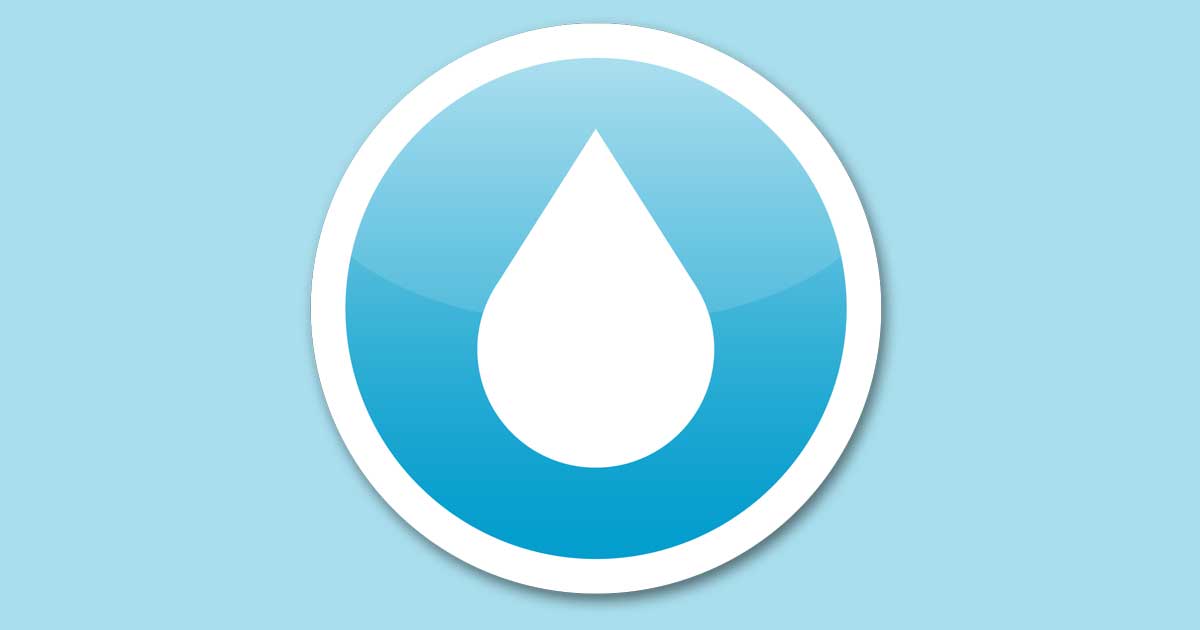To serve you better, we've assembled a list of our customers' most frequently asked questions. If you don't find your answer here, feel free to contact us.
How could I have used this much water?
You could possibly have a leaky toilet or faucet that's difficult to detect. Was the water left running for a long period of time? You can check your meter to see if you have a leak by making sure there is no water being used inside or outside, look at your meter, are the numbers changing? The numbers change when water goes through the meter. You can call the office and we'll work with you to solve the problem.
What do I do if I am experiencing low pressure?
Check your meter and the surrounding area for possible leaks. Next, call our office and report low pressure for your area.
Why is my water discolored?
A repair could have been completed recently allowing air to enter the line, causing the milky look.
What chemicals does our utility district add to the water?
Only chemicals that are approved by the National Safety Foundation for treatment of drinking water. The water district uses chlorine at the level approved by the Department of Natural Resources.
My water tastes, looks, and smells funny. Is it safe to drink?
All public water systems are required to maintain a minimum chlorine level of 0.2 mg/L (tested at the end of each line) by state law. Systems that use chloramine as a disinfectant must maintain a level of 0.5 mg/L by state law. Our disinfectant levels are tested daily to ensure safety.
Why does debris come out of the faucet when running hot water?
Most likely your water heater needs to be flushed. CAUTION: Most manufacturers recommend hiring a professional to flush your water heater. If you plan on doing this yourself, read the owner's manual to keep from being hurt and or damaging the water heater.
Why do I have a previous balance when I know I sent in my payment?
We may have received it after the due date or we may not have received it at all. Call our office and we will help you solve the problem.
